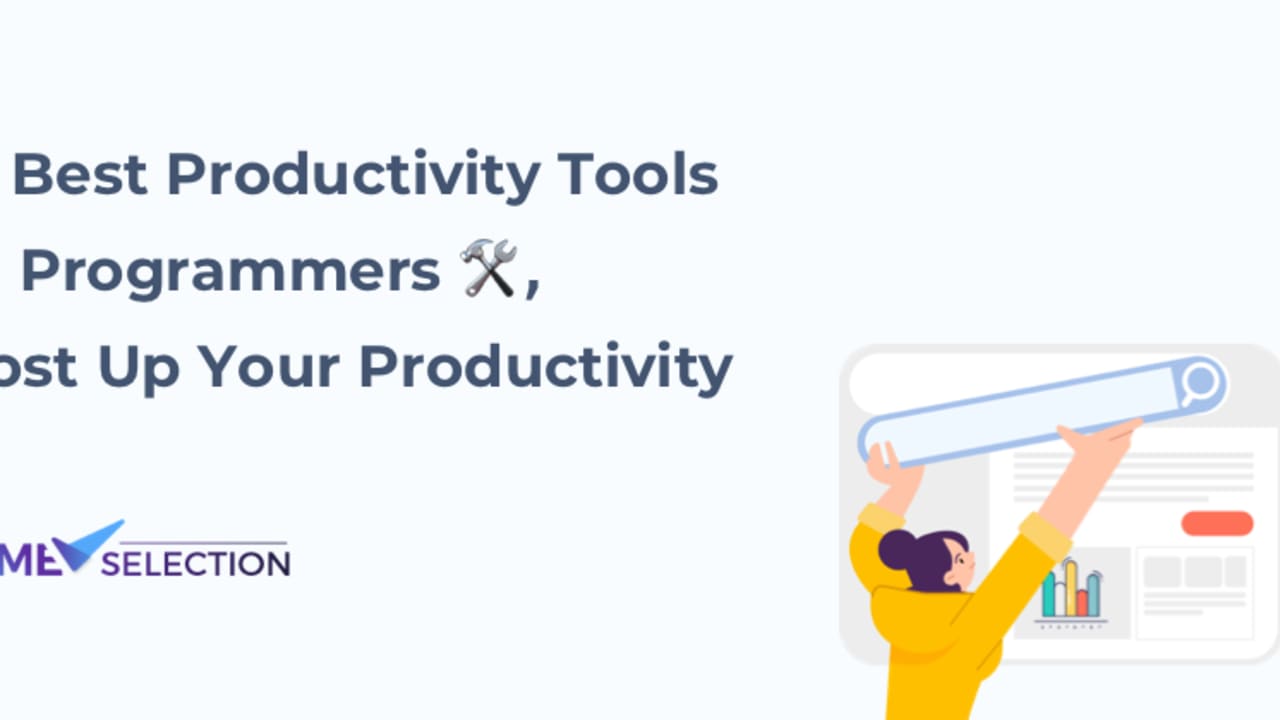Are you tired of spending countless hours coding and debugging your projects? Do you wish there was a way to simplify your workflow and make your life as a developer easier? If so, then the wrapper tool is the solution you’ve been searching for!
In this article, we’ll explore what wrapper tools are, how they work, and why they’re essential for any developer looking to streamline their development process. We’ll also take a closer look at some of the best wrapper tools on the market and provide tips on how to use them effectively.
So, whether you’re a seasoned developer or just getting started with coding, read on to discover how wrapper tools can revolutionize the way you work!
What Are Wrapper Tools?
Wrapper tools are software programs that simplify the process of developing applications by providing an interface between the application and its dependencies. They allow developers to package their code in a way that makes it easier to manage, distribute, and install.
Wrapper tools essentially wrap up an application and all its dependencies into a single executable file or package. This means that when the user installs or runs the application, all the necessary files and libraries are automatically included, eliminating the need for manual installation or configuration.
How Do Wrapper Tools Work?
Wrapper tools work by creating a virtual environment in which the application can run. This environment includes all the necessary dependencies, such as runtime libraries, configuration files, and data files.
When the user runs the wrapped application, it is executed within this virtual environment. This ensures that all required dependencies are present and correctly configured. It also isolates the application from other system components, reducing conflicts and ensuring stability.
Why Are Wrapper Tools Essential for Developers?
Wrapper tools offer several benefits that make them essential for developers:
1. Simplify Deployment – With wrapper tools, developers can package their applications in a way that makes them easy to install and deploy. This helps reduce the time and effort required to deploy applications, especially in complex environments.
2. Manage Dependencies – Wrapper tools handle all the dependencies required by an application, including runtime libraries, configuration files, and data files. This ensures that the application runs correctly and eliminates the need for manual installation or configuration.
3. Enhance Security – Wrapper tools provide an additional layer of security by isolating the application from other system components. This helps prevent conflicts and reduces the risk of vulnerabilities being exploited.
4. Improve Performance – By reducing the overhead associated with managing dependencies, wrapper tools can improve application performance and reduce resource consumption.
Best Wrapper Tools for Developers
1. PyInstaller – PyInstaller is a popular wrapper tool for Python applications. It packages Python scripts into standalone executables that can be run on any compatible system. PyInstaller supports multiple platforms, including Windows, macOS, and Linux.
2. Electron Builder – Electron Builder is a wrapper tool for building cross-platform desktop apps using Electron. It supports Windows, macOS, and Linux platforms and can package your app as an installer or portable executable file.
3. Maven Shade Plugin – The Maven Shade Plugin is a wrapper tool for Java applications built using Maven. It creates an executable JAR file that includes all dependencies, making it easy to distribute and run your application.
4. Docker – Docker is a containerization platform that allows developers to package their applications into containers that can be deployed on any compatible system. Docker provides a range of tools for managing containers, making it easy to deploy and scale applications in complex environments.
Using Wrapper Tools Effectively
To use wrapper tools effectively, follow these tips:
1. Choose the Right Tool – There are many wrapper tools available, each with its strengths and weaknesses. Choose the one that best suits your needs based on factors such as platform support, ease of use, and community support.
2. Keep Dependencies Up-to-Date – Wrapper tools are only as effective as the dependencies they manage. Make sure to keep your dependencies up-to-date to ensure that your application runs smoothly and securely.
3. Test Thoroughly – Always test your wrapped applications thoroughly before deploying them. This will help you identify any issues early on and ensure that your application works as expected.
4. Document Dependencies – Make sure to document all dependencies used by your application, including versions and sources. This will make it easier for others to understand and replicate your development environment.
Conclusion
Wrapper tools are an essential tool for any developer looking to streamline their development process. By simplifying deployment, managing dependencies, enhancing security, and improving performance, wrapper tools can revolutionize the way you work.
Whether you’re building Python scripts or cross-platform desktop apps, there’s a wrapper tool out there that can help you simplify your workflow and make your life as a developer easier. So why not give one a try today?
References:
1. https://en.wikipedia.org/wiki/Wrapper_(software)
2. https://www.pyinstaller.org/
3. https://www.electron.build/
4. https://maven.apache.org/plugins/maven-shade-plugin/
5. https://www.docker.com/




